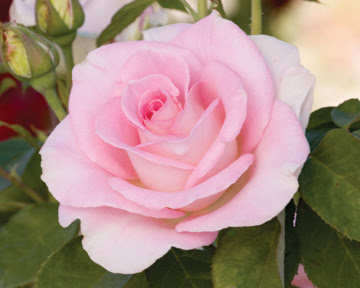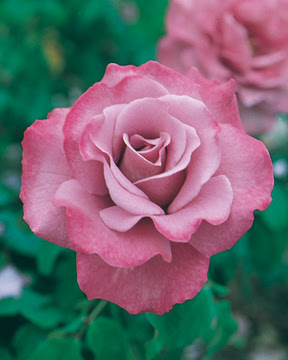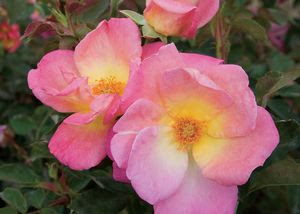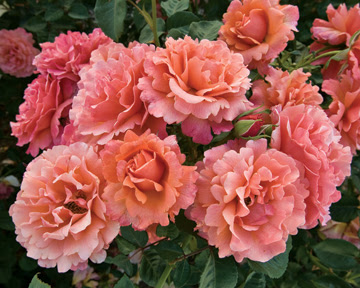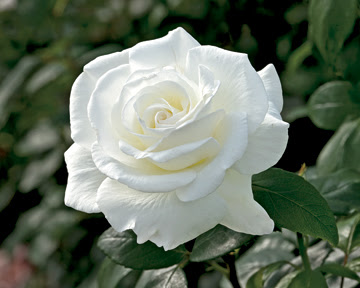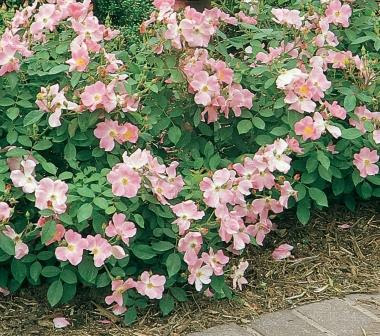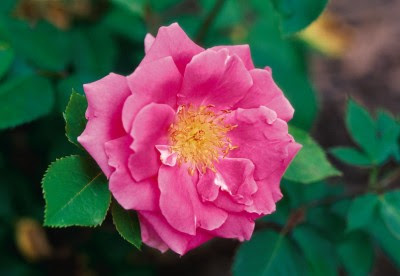 |
| Hermann Pigors |
Hermann Pigors is an orchid whisperer.
He doesn’t actually call himself that, but he could. With 50
years of experience working with orchids, he knows a great deal about these
magnificent blooming plants and how to help them grow and thrive indoors.
After listening to his recent talk at Chalet Nursery, I
think there may actually be some hope for me. (I’ve killed all three of the
orchids I’ve owned.)
Here are 10 basic tips from his presentation.
n
Good light is critical. Orchids generally like bright
light, but not too much direct light or they will scorch. From February through
October, Pigors puts his orchids at home in south windows with sheer curtains. He
also recommends 55-65% shade cloth or the north side of a building during that
time.
n
Some types of orchids require more sun that
others. Paphiopedilum, more commonly known as lady’s slipper, needs less light than
a cattleya type, for instance.
n
Orchids like humidity. Create it by grouping
plants, closing heat registers at night near them, lowering the heat at night,
using humidity trays or misting.
 |
| Miltonia or Pansy orchids like intermediate to cool temperatures, shade, plastic pots and less fertilizer |
n
Fall- and winter-blooming orchids need short
days and cool nights to set their buds.
Orchids classified as “warm” need minimum temperatures of 65 degrees. “Intermediate”
is 58 degrees and “cool” is 55 to 60 degrees. This is cooler than what most people
have in their homes.
n
“Watering
is our most difficult job,” Pigors said. It is best done with rainwater or
water with a low mineral content. If you
live on the North Shore of Chicago and your city uses lake water, don’t worry.
If you live farther inland and your water comes from a well, you may need to
add calcium and magnesium to the water.
n
Plants need more water during the growing season.
Allow them to dry out more during the dormant winter months. If you use a pot with cut out sides, be sure
to use a plastic liner. He said such pots work well in Florida, where it rains
all the time and the humidity is high. Here in the Chicago area, though, plants
potted this way tend to dry out too fast.
 |
| Paphiopedilum orchids like warm or cool temperatures, lower light, plastic pots and light feeding |
n
Fertilizing is essential for orchids growing in fir-bark mixes. From February through
October, he recommends using a 20-20-20 or an 8-8-8 fertilizer every one to
three weeks at the rate of ½ teaspoon per gallon. From November through
February, use 12-36-14, 10-30-20 or 10-50-10 blossom booster or African violet
food every three to four weeks according to directions. Plants in greenhouses or sunrooms need fertilizers with higher nitrogen numbers from February through October.
n
Be sure to use the right size pot. If the pot is
too large, the roots may stay wet for too long. “When
in doubt, use a smaller pot and then repot next year,” he said. Some types of
orchids prefer plastic pots while others prefer clay pots.
 |
| Cymbidum orchids like cool temperatures, bright light, plastic pots and lots of fertilizer |
n
It’s easier to get some types of orchids to
bloom than others. For example, he said cymbidium is “the easiest to grow and
the toughest to bloom.” It is a heavy feeder that requires cool nights and bright light. Phalaenopsis, another heavy feeder, will do well
with “warm” nights and medium light.
n
Are your plants are stubborn and refusing to
bloom? He recommends more light, cool nights, low nitrogen food or no food,
keeping them drier in the winter months, more space and dividing crowded bushy
plants.
Pigors is the owner of Oak Hills Gardens in Dundee,
Illinois, where he raises many different types of orchids from seed.by Karen Geisler
 |
| Oncidium orchids like intermediate to warm temperatures, medium to bright light, and either clay or plastic pots. |
 |
| Cattleya orchids prefer intermediate temperatures, bright light, plastic pots and outdoor growing from May 15 to September 15 in the Chicago area. |






